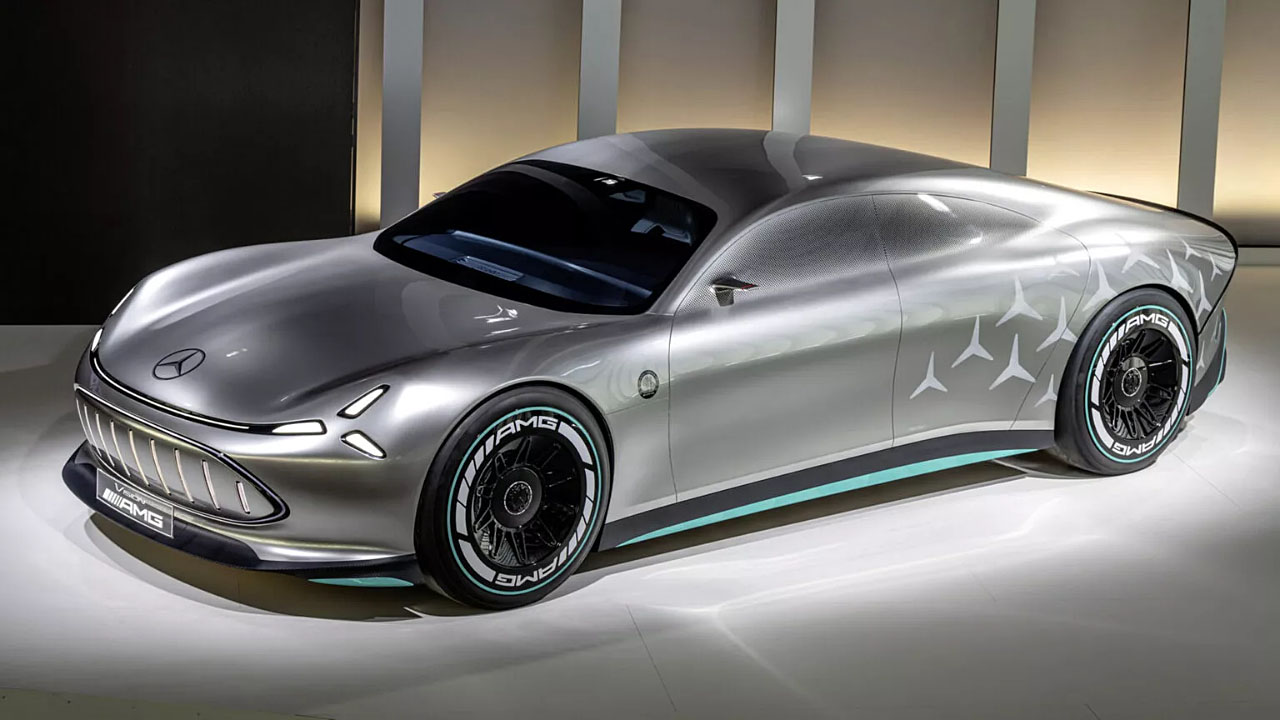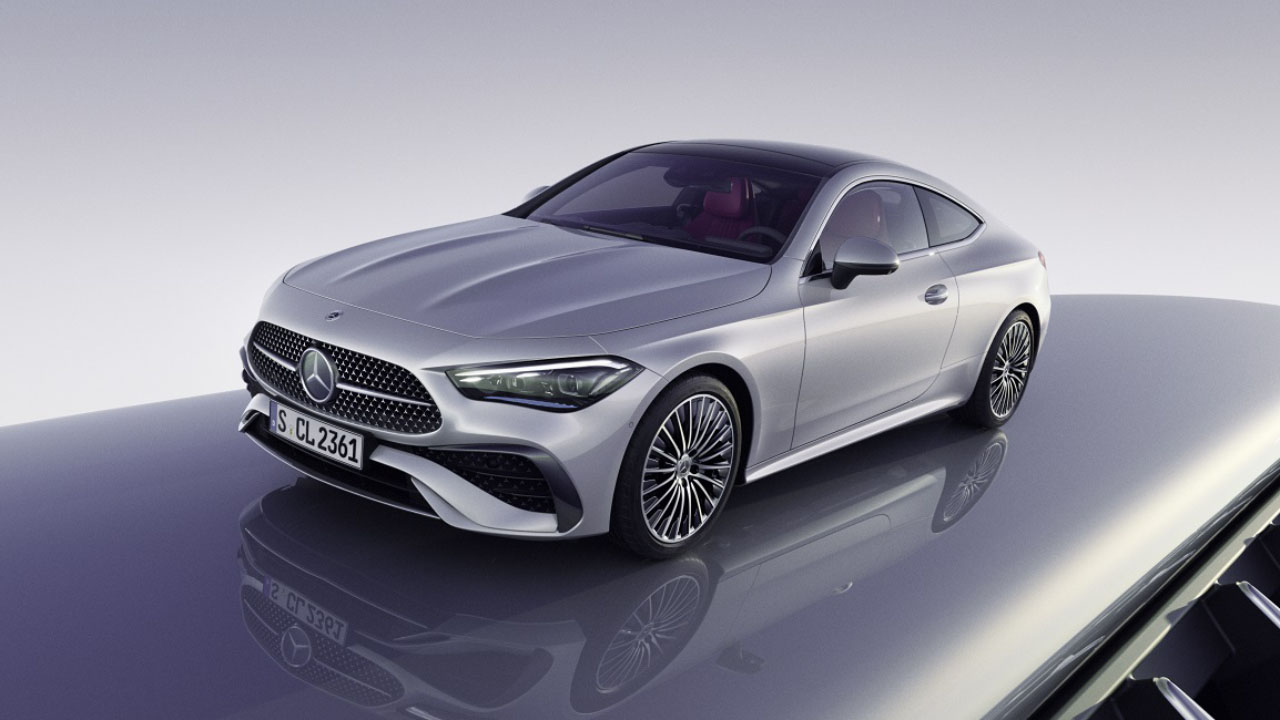The Mercedes-Benz Vision Iconic is the newest concept from the German brand, designed to serve as a link between the legendary cars of the 1930s and the upcoming generation of Mercedes-Benz models. Its extended hood recalls the long-nosed pre-war grand tourers, while the large illuminated front grille reimagines the legendary upright designs of models such as the W108, W111, and the 600 Pullman.
The standing three-pointed star on the hood is illuminated as well.
The rear takes its inspiration from the Mercedes-Benz 300 SL, which is considered the world’s first supercar. It is simple, striking, and intimidating. Although such a long hood is usually unnecessary space on an electric car, in this case it represents the highest level of luxury and design.
The German manufacturer previously tried jelly bean-shaped electric vehicles to improve efficiency, but this approach was not very successful. Now it is returning to its roots, and I believe this change is for the best.
The Exterior Of The Vision Iconic Is Coated With Black Sun Paint
The exterior of the Vision Iconic is coated in black solar paint, which Mercedes-Benz says can be spread onto the body like an extremely thin paste. According to Mercedes-Benz, under ideal conditions, a mid-size SUV with 118 square feet of surface covered in this innovative solar coating could generate enough energy to provide a driving range of up to 7,450 miles per year. The built-in cells offer 20% efficiency, which is comparable to most consumer solar panels available today. Inside, the luxurious coupé features a “hyper-analog” dashboard design with a floating glass structure inspired by Art Deco and shaped like a Zeppelin. When a door is opened, the instrument cluster begins a cinematic, fully analog animation that is inspired by luxury chronographs.

It Resembles The Steering Wheel In Luxury Limousines Of The 1930s
The four-spoke steering wheel resembles one from a 1930s luxury limousine and includes a Mercedes-Benz logo that floats inside a glass sphere. It is not physically linked to the front wheels, since the electric concept uses steer-by-wire. Because there is no steering column, the designers had the freedom to create a very bold interior layout, which is clearly visible. The floor is covered in straw marquetry, which is a decorative technique from the 17th century. The driver and passenger sit on a luxurious bench seat upholstered in deep blue velvet. The door panels feature detailed mother-of-pearl trim that surrounds finely made and polished brass handles with silver-gold tones.



